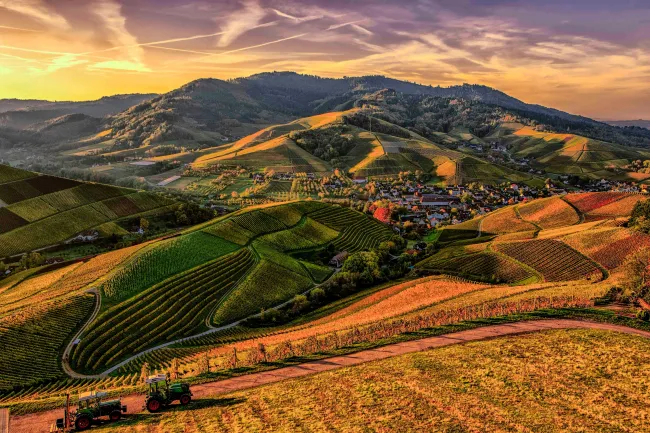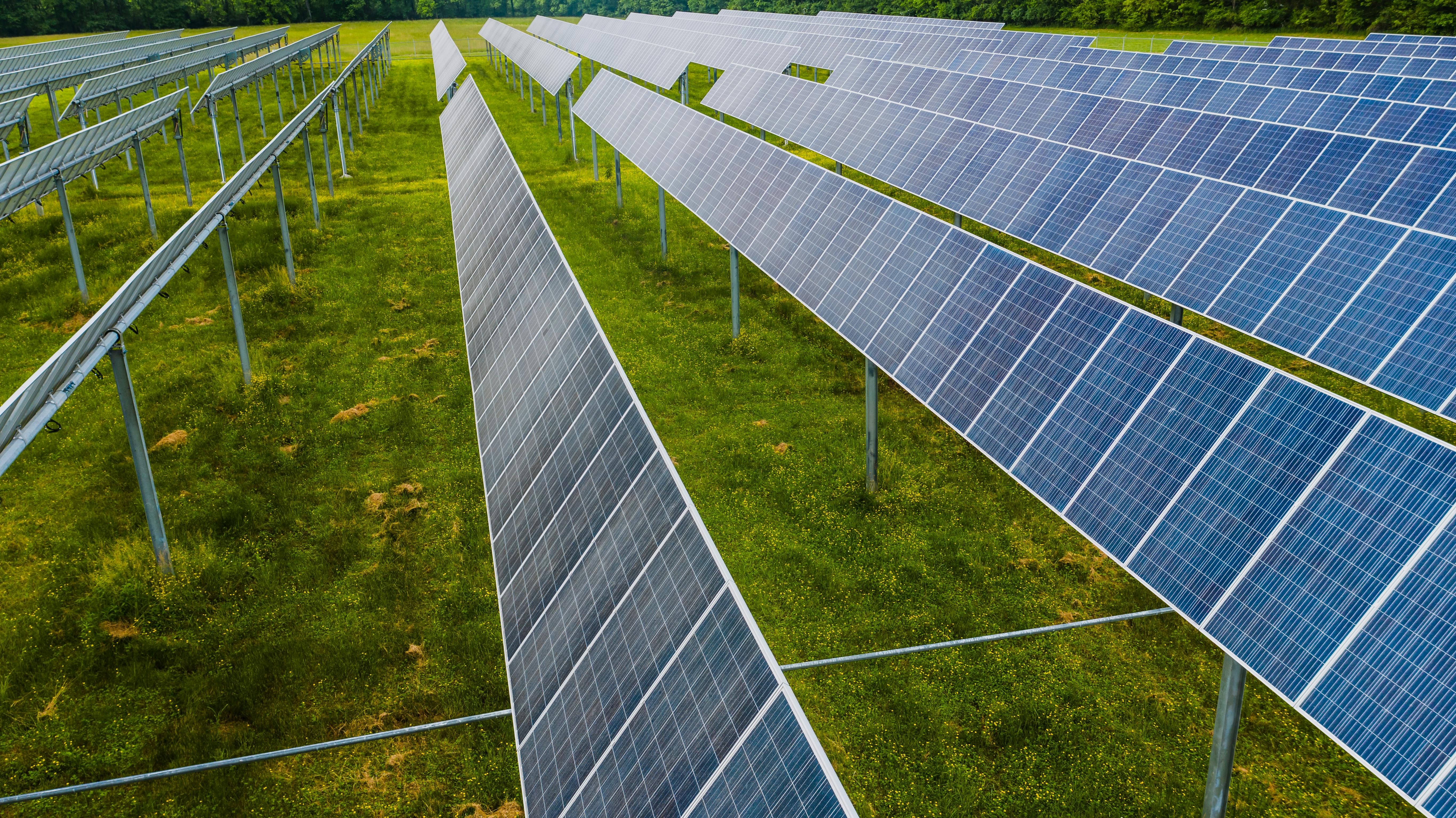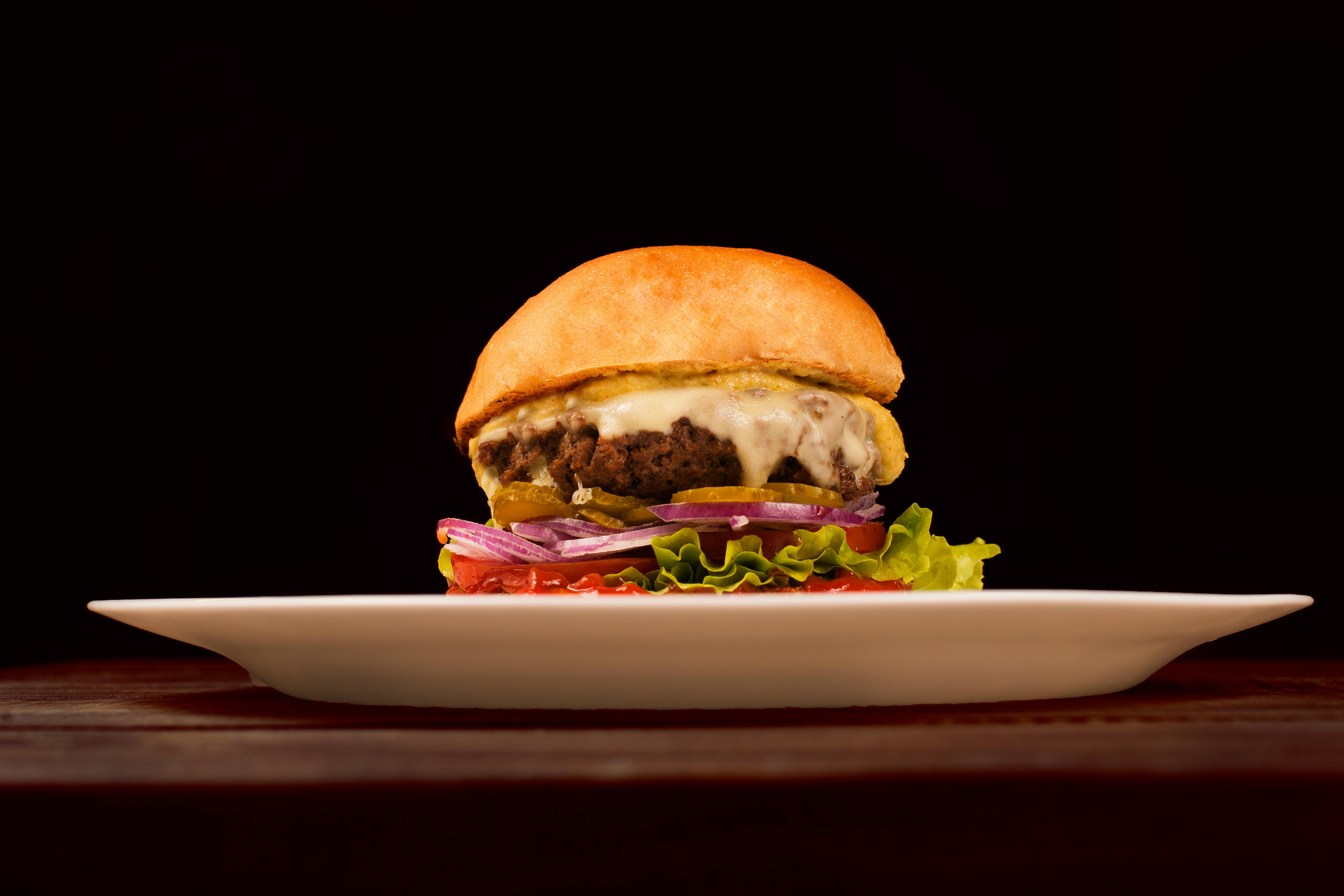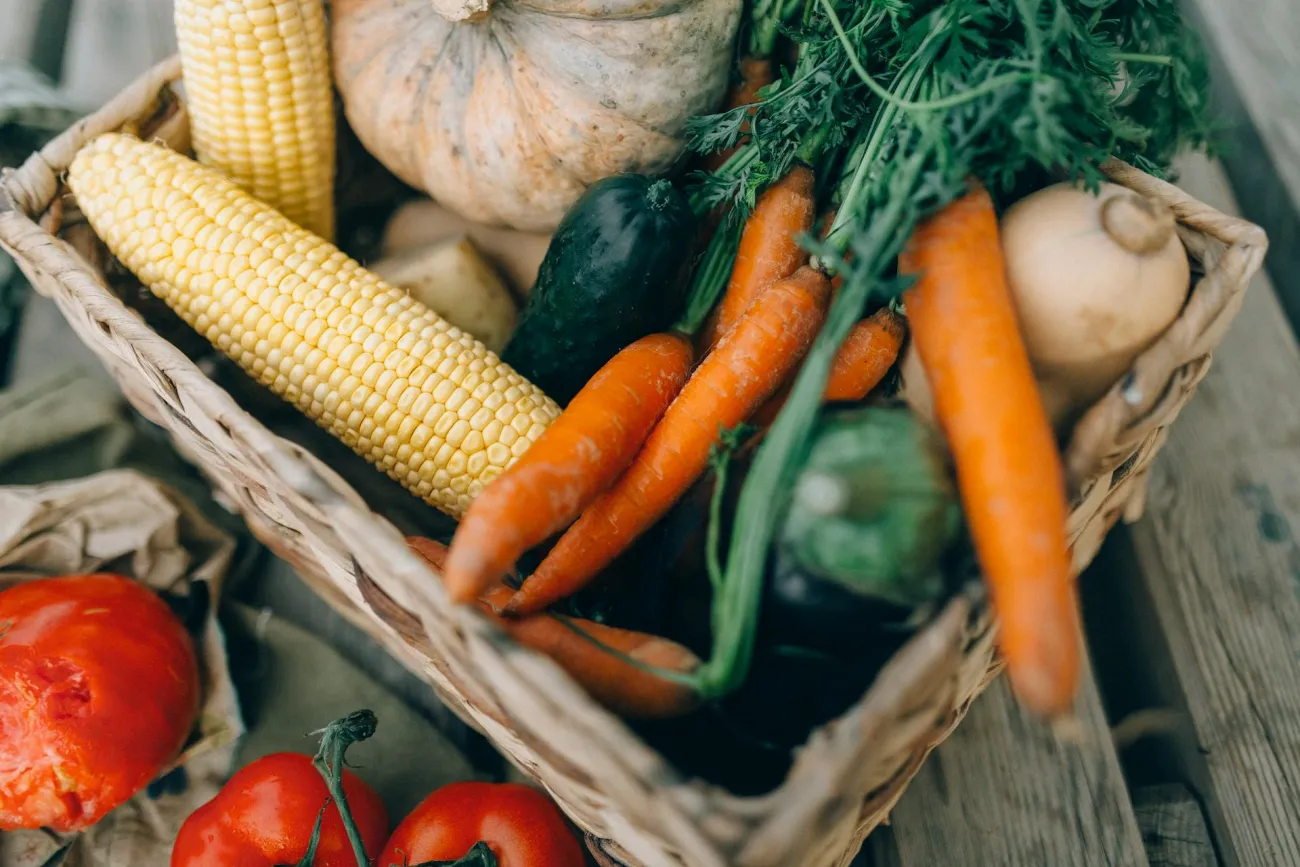TABLE interviews Tom Heap about his new book Land Smart in which he explores many difficult tensions and trade-offs in land use, from biofuels versus solar panels and regenerative farming to biotechnology, and tiptoes into the emotionally-laden debate of dietary change – revealing his penchant for pragmatism.

August is a famously slow news month. Current affairs journalists are cast off to the countryside to cover the harvest season. As they put on their wellies and interview farmers across the UK, they descend into a well-trod and binary debate – pitching food production against the need to protect the environment. Nothing is more frustrating to the seasoned food and farming reporter, Country Life presenter and author of the recently published Land Smart, Tom Heap.
“It’s so clearly dumb because there are so many who are finding ways of doing both and more,” says Heap.
In this edition of FODDER, we interview Heap about his new book and his exploration of land use beyond the binary. The premise of the book is that competition for land goes much further than just food versus nature – land hosts housing, leisure, energy production, protects against flooding and is needed for the solutions to climate change and implicated in their causes. He wades through many difficult tensions and trade-offs, from biofuels versus solar panels and regenerative farming to biotechnology, and tiptoes into the emotionally-laden debate of dietary change – revealing his penchant for practicality.
Put simply, Heap argues that we can balance all our needs if we’re clever. But if we veer towards the poles – being too set on food production or leaning too far towards nature – we will find ourselves in trouble.
This is why Heap favours an approach that he calls “stacking”, layering multiple functions on a single piece of land, also known as multifunctionality. He talks to innovative farmers who he claims are storing carbon, enhancing biodiversity and farming productively, speaks to scientists exploring new technologies that might help ease the pressure on land and presents a whole range of complex and philosophical questions around the future of land.
What is a responsible stance on importing food? Should we value nature more at home or abroad?
As companies tempt farmers with lucrative offers to sell biodiversity credits, rent land for solar panels and sell carbon offsets, should more value be placed on food production?
But of all these difficult questions, his first chapter starts with a no-brainer.
“Biofuels are a terrible use of land,” states Heap. He cites a World Resources Institute statistic that states you would need 300 hectares of biofuels to propel you as far as one hectare of solar panels. And solar energy doesn’t require prime farmland, fertile soil and farm inputs.
“The physics of it are kind of unarguable, really. If you want a farm to make power, make it a solar farm,” says Heap. Solar panels feed into his multifunctional philosophy; they can go on warehouses, farm building roofs, unproductive land and even productive land. In our featured journal articles, we profile a study that corroborates Heap’s findings, showing that elevated solar panels in fields can allow for productive crop and livestock farming below.

Stacking solar panels on top of productive farming land could help ease land competition. Credit Kelly via Pexels.
The trouble with changing diets
If Heap’s first chapter deals with the unarguable, he saves the trickiest topic for last – behaviour change.
Heap admits eating less meat and dairy could be the most powerful lever for clever land use.
Studies show that 85% of the UK’s farming land is used for meat and dairy production, while an area of land roughly equivalent to a second UK is used to produce meat and dairy imports. Heap cites the National Food Strategy that calculates a 30% reduction in meat could allow for almost a million hectares of nature recovery in the UK.
“It seems to be undeniable that if we eat less meat, we could relieve a lot of pressure off our land and find space for a lot of other things other than food growing,” Heap explains. But he asserts that it is not to be relied upon.
Heap calls meat eating “an extremely culturally-attached space” and argues that getting people to stop smoking would be “a walk in the park” compared to eating less meat. While Heap thinks governments should pursue educational and awareness campaigns on healthy and sustainable diets, he says: “A meat tax would be woefully unproductive.”
Heap’s belief that you can’t do much about changing diets would broadly put him into the Efficient Meat 2.0 category according to TABLE’s: Meat the Four Futures project and podcast that looked into four different visions for the future of meat. Proponents of this future argue that technological innovation and sustainable intensification pave the way for a more efficient livestock production system, facilitating continued consumption of meat at current levels. To find out your own attitude, you can take the quiz here.

Meat eating is an extremely culturally attached space according to Heap. Credit: Daniel Reche via Pexels.
"Pragmatism is an ideology in itself"
Heap brands his attitude towards dietary change and land use as rooted in practicality, not ideology, shaped by a career in journalism, a commitment to weighing up all sides of the argument with an open mind and by a father who was a Polar scientist and diplomat. Later he reflects: “pragmatism is an ideology in itself.”
This is mirrored in the book as Heap deftly crisscrosses either side of food and farming debates – land sparing versus land sharing, meat production versus meat reduction and many more. But in true journalistic style, he does more deliberating than offering us a defined way forward.
He admits his approach is not prescriptive and his aim is to start “a more mature and educated conversation.”
The complex jigsaw puzzle of land use will certainly need a pragmatic approach to balance the competing demands and interests. But there is one ingredient missing in Heap’s accessible yet far-reaching book that is needed to address global land use: power. Of the 70 times power is mentioned, all but one is dedicated to the provision of energy.
The interplay between power – political, economic and narrative – and practicality is left unexamined by Heap. Of course, what solutions or policies one labels as practical or impractical might be defined by physics, like the biofuels debate. But it is also informed by who we think is a legitimate audience, who we perceive to hold power to enact a given solution and whether it is palatable to these audiences. This can take many forms; from the media’s power to frame solutions to the economic power of corporations and politicians’ power to pass legislation.
When Heap says he’s interested in practical solutions in land use, does he mean solutions that are desirable and offer persuasive arguments to those who hold power?
Land Smart: How to Give People and Nature the Space to Thrive by Tom Heap is published by Atlantic Books and is available to buy for £20.
See TABLE explainer, Power in the food system




Comments (0)